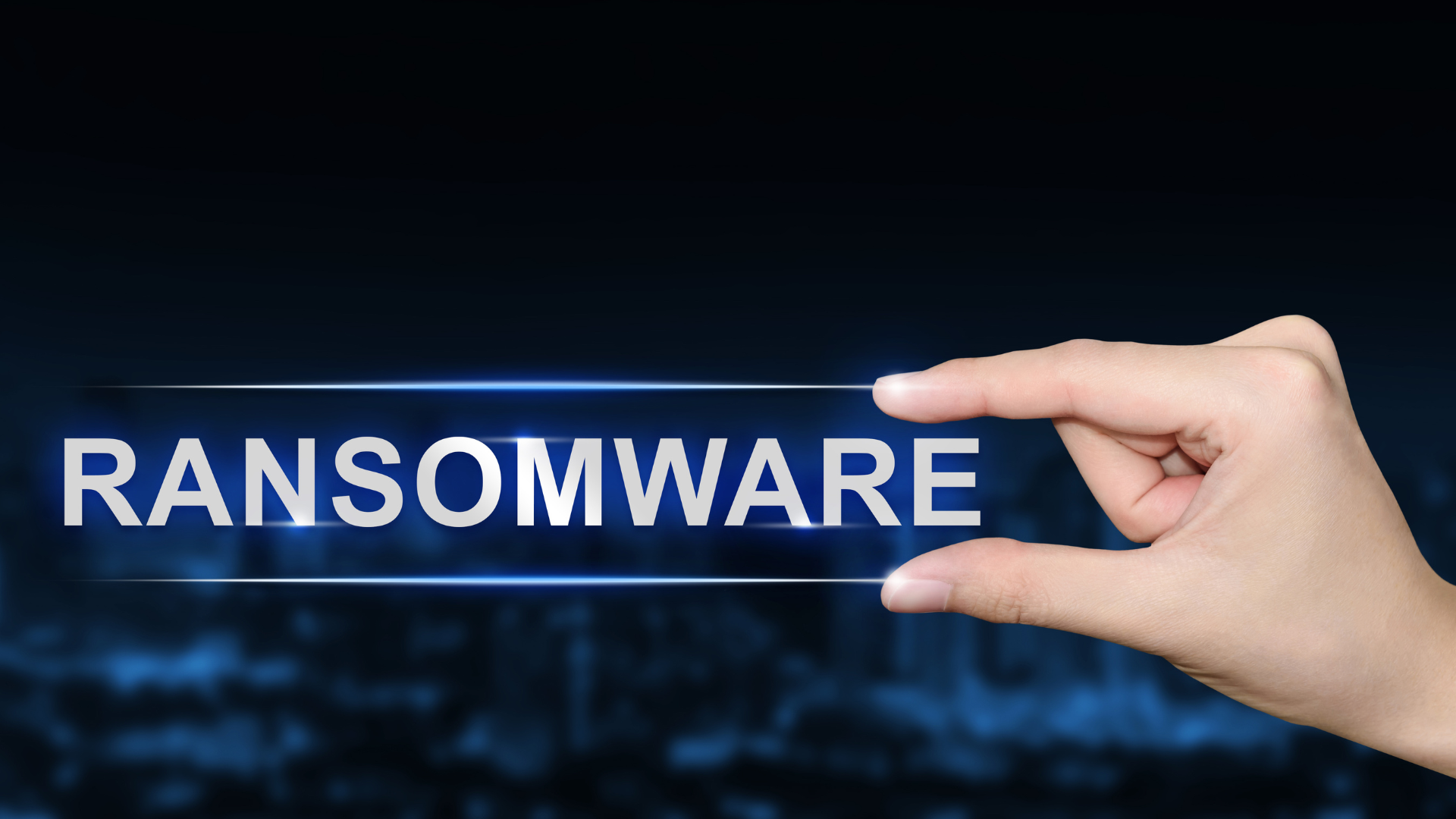How to Create a Cybersecurity Plan for Your Small Business
How to Create a Cybersecurity Plan for Your Small Business
Cybersecurity is a critical aspect of running a business in today’s digital world. However, many small businesses operate without a formal cybersecurity plan, leaving them vulnerable to threats like data breaches, phishing attacks, and ransomware. A well-thought-out cybersecurity plan can safeguard your business, protect sensitive data, and ensure continuity even in the face of cyber threats.
At K9 Webops, we specialize in helping small businesses develop effective cybersecurity strategies. In this blog, we’ll outline the steps to create a comprehensive cybersecurity plan tailored to your business needs.
1. Assess Your Current Cybersecurity Posture
The first step in creating a cybersecurity plan is understanding your current vulnerabilities and risks. Conducting a cybersecurity assessment helps you identify areas where your business is most exposed.
How to Get Started:
• Take our Free Cybersecurity Survey to evaluate your risks.
• Identify critical assets, such as customer data, financial information, and intellectual property.
• Assess existing security measures to determine gaps.
2. Define Your Cybersecurity Goals
What do you want your cybersecurity plan to achieve? Setting clear objectives will guide your strategy and ensure you prioritize the most critical aspects.
Key Goals Might Include:
• Protecting sensitive customer and business data.
• Reducing the risk of data breaches and cyberattacks.
• Ensuring business continuity during and after an incident.
• Complying with industry regulations and standards.
3. Identify and Mitigate Threats
Cyber threats come in many forms, including phishing, malware, ransomware, and insider threats. Understanding the risks your business faces is essential to creating an effective plan.
Steps to Take:
• Educate employees about recognizing phishing scams and suspicious links.
• Install firewalls, antivirus software, and endpoint protection on all devices.
• Use multi-factor authentication (MFA) for critical accounts to reduce the risk of unauthorized access.
4. Develop a Data Backup and Recovery Plan
Data loss can cripple a business. A robust backup and recovery plan ensures you can quickly restore operations in the event of a ransomware attack, accidental deletion, or system failure.
Best Practices:
• Schedule automatic backups to cloud-based or offsite storage.
• Regularly test backups to ensure data can be restored.
• Include steps in your plan for recovering operations after a breach.
5. Create an Incident Response Plan
Even with strong defenses, no system is 100% immune to attacks. An incident response plan outlines the steps to take if a breach occurs, minimizing damage and recovery time.
What to Include:
• Designate a response team and assign specific roles.
• Outline immediate actions, such as disconnecting affected systems.
• Create a communication plan for notifying customers, employees, and stakeholders.
6. Train Your Employees
Human error is one of the most common causes of security breaches. Ongoing employee training ensures your team knows how to prevent and respond to threats.
Training Topics:
• Recognizing phishing and social engineering attacks.
• Following company policies for handling sensitive data.
• Proper use of security tools like MFA and password managers.
Tip: Reinforce training with periodic tests to evaluate your team’s preparedness.
7. Implement Cybersecurity Policies
Documenting your cybersecurity policies ensures everyone in your organization understands their responsibilities. These policies provide a framework for maintaining security across your business.
Common Policies Include:
• Password management guidelines.
• Acceptable use policies for company devices and networks.
• Procedures for reporting suspected threats or incidents.
8. Regularly Monitor and Update Your Plan
Cyber threats evolve constantly, and your cybersecurity plan should too. Regular reviews and updates keep your defenses aligned with emerging risks and new technologies.
Steps to Stay Updated:
• Schedule periodic risk assessments.
• Stay informed about the latest cybersecurity trends and threats.
• Adjust your plan as your business grows or adopts new technologies.
How K9 Webops Can Help
Creating a cybersecurity plan may seem daunting, but you don’t have to do it alone. At K9 Webops, we provide tailored solutions to help small businesses protect their operations and data.
Our Services Include:
• Free Cybersecurity Assessments
• Multi-Factor Authentication Setup
• Threat Monitoring and Response
• Employee Training and Policy Development
Take our Free Cybersecurity Survey to get started and uncover actionable insights for your business.
Conclusion
A strong cybersecurity plan is essential for safeguarding your small business in today’s digital landscape. By assessing your risks, defining clear goals, and implementing key strategies, you can protect your business from cyber threats and ensure continuity.
Don’t wait for a cyberattack to take action. Contact K9 Webops today to start building a customized cybersecurity plan for your business.










